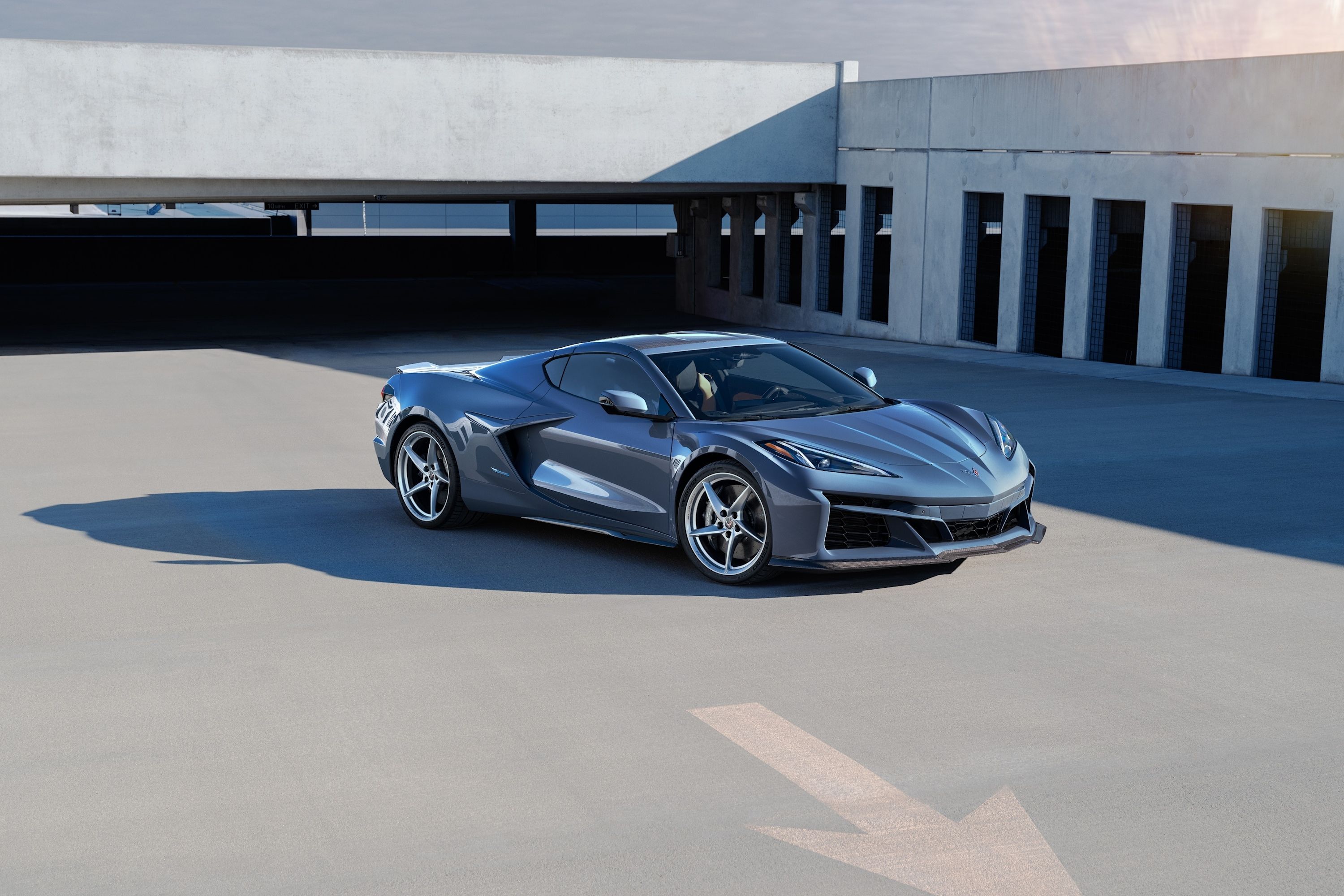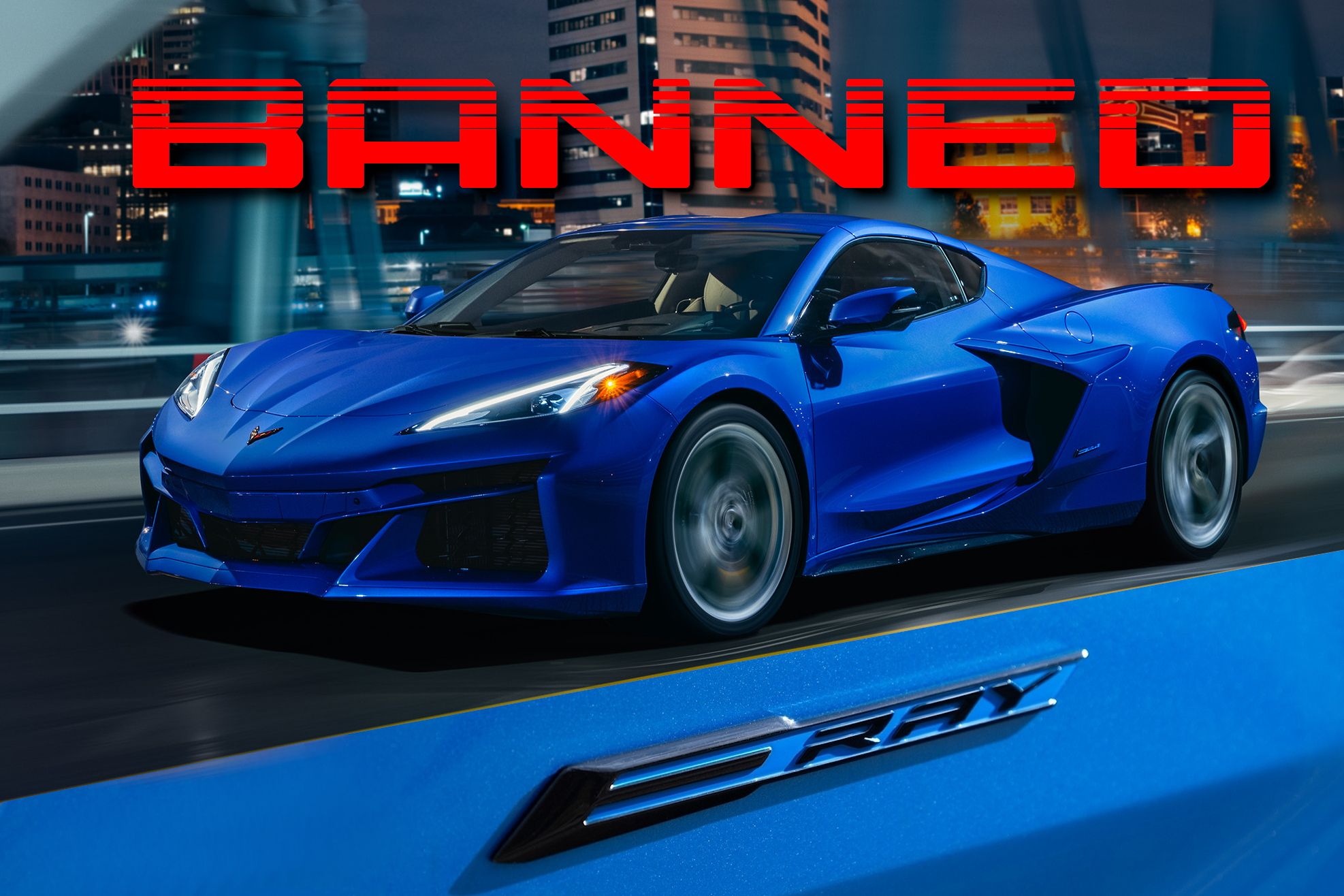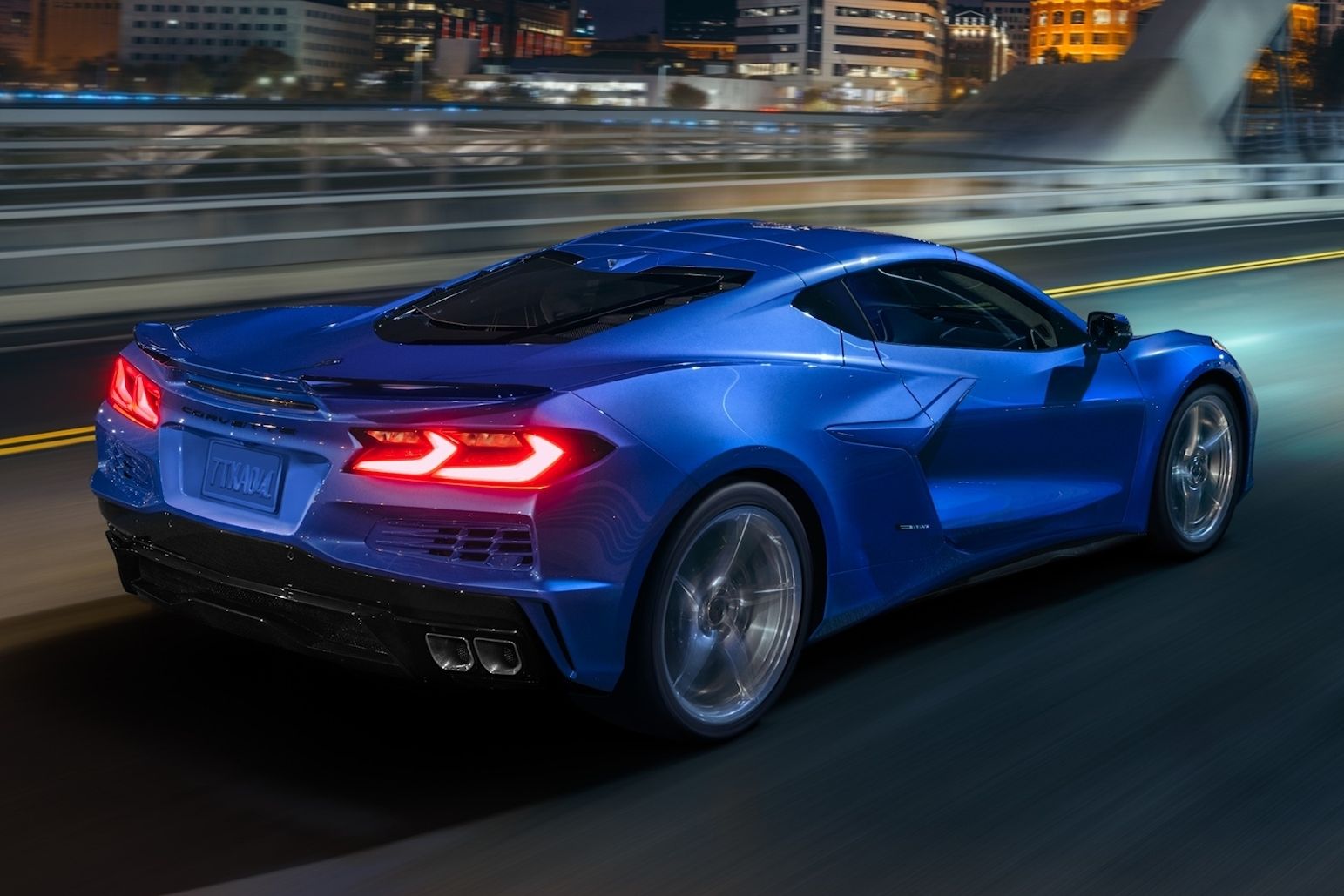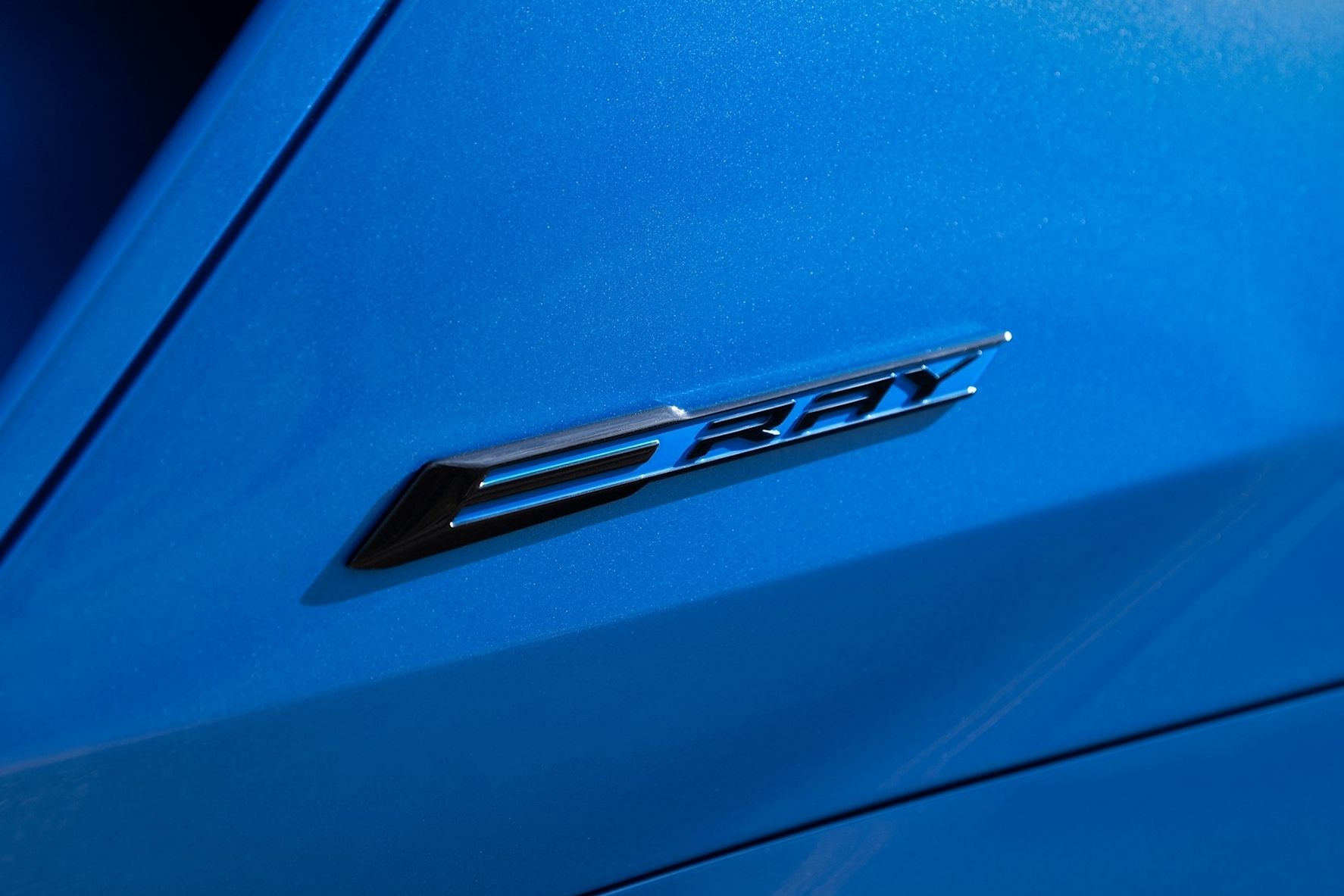
The Chevrolet Corvette E-Ray is a game-changer, merging electrification with America's finest sports car. With combined outputs of 655 horsepower and electric all-wheel drive, you can imagine that new owners would be eager to hit the track at National Council of Corvette Clubs (NCCC) track gatherings - sadly, that may not happen.
According to the official Corvette Forum, the organization has reportedly banned the E-Ray from partaking in competition events. The NCCC recently revised its competition guidelines with an update preventing hybrids and electric vehicles from track use.
"Electric Vehicles/Hybrids using lithium-type battery packs are prohibited in competitive events," reads an excerpt from Section 1.8.1 of the guidelines. As you may have guessed, the Corvette E-Ray makes use of a 1.9 kWh battery. But why would a society - especially one built around the love of Corvettes - want to ban the first electrified model from its events?
The club may believe the lithium-ion battery poses a safety risk. While less likely to occur, fires that stem from lithium-ion batteries are far more complicated to extinguish than a regular combustion-engine fire. Even though the risk is small, the NCCC probably doesn't want to put other owners (and their prized vehicles) at risk.
Dealing with a combustion engine fire on a confined raceway is already difficult, but with the proper equipment is relatively straightforward to extinguish. An electrified vehicle will only make things more difficult for emergency response teams, who may struggle to battle the battery inferno. This is because damaged cells burn at extremely high temperatures and require much effort to extinguish. A Houston-based firefighter has claimed that putting out an EV fire takes more than 300 gallons of water.
While understandable, this will infuriate new E-Ray owners who have paid big bucks for their prized sports cars.
If you think that's bad, another statement in the guideline will even inconvenience E-Ray drivers that are just spectating. "If driven to NCCC events, [EVs and hybrids] should be parked 30 feet minimum from structures or other vehicles." Personally, this regulation is bizarre, as it inconveniences certain individuals based simply on the car they drive.
Combustion-engined vehicles can also catch fire, so it's strange that only electrified vehicles are being singled out here. We get the track aspect, but parking takes it a stretch too far. It would be surprising if these regulations remain like this for the foreseeable future, as the E-Ray forms part of the Corvette lineup and has already attracted the attention of loyal customers.
For now, if you want to hit the track, it seems you'll have to leave the E-Ray at home and take something else. Hopefully, this changes in the future.



